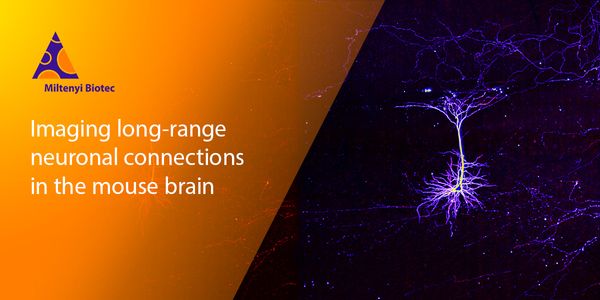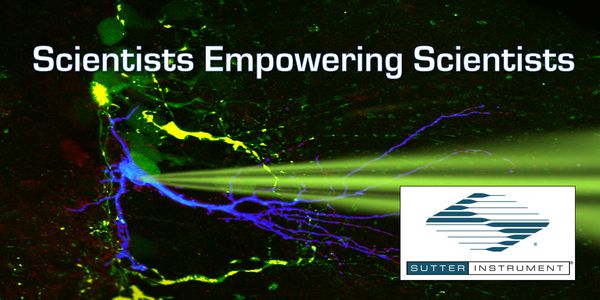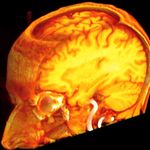Theoretical Physics
Theoretical Physics: a branch of physics that employs mathematical models and abstractions of physical objects and systems to rationalize, explain and predict natural phenomena. This can involve both providing models for understanding empirical results or constructing self-logical theories for explain phenomena beyond current experiments. The advancement of science generally depends on the interplay between experimental studies and theory. Sir Isaac Newton was the first theoretical physicist, although in his own time his profession was called "natural philosophy".
-
AUG 24, 2022 | 7:00 AMDate: August 24, 2022 Time: 7:00am (PDT), 10:00pm (EDT), 4:00pm (CEST) Light field microscopy was first introduced in 2006, and allows users to capture the 4D light field within the microsco...Speaker: Matthew Kose-Dunn , Phil Allen , Liang Gao , Shu JiaSponsored By: Teledyne PhotometricsJUL 14, 2022 | 8:00 AMDate: July 14, 2022 Time: 8:00am (PDT), 11:00am (EDT), 5:00pm (CEST) Sensory perception is modulated in a top-down fashion by higher brain regions to regulate behavioral responses. In olfact...Speaker: Prof. Ulrich Kubitscheck , Dr. Martin Schwarz , Juan RodríguezSponsored By: Miltenyi BiotecJUN 28, 2022 | 7:00 AMDate: June 28, 2022 Time: 3:00pm (BST), 4:00pm (CET), 9:00am (CST), 7am (PST) Light-sheet microscopy is an extremely versatile imaging technique with a vast range of implementations that are...Speaker: Prof. Ulrich Kubitscheck , Dr. Abhishek Kumar , Matthew Kose-Dunn , Phil AllenSponsored By: Teledyne PhotometricsJUN 21, 2022 | 6:00 AMDate: June 21, 2022 Time: 6:00am (PDT), 9:00am (EDT), 3:00pm (CEST) The global understanding and practice of medicine is currently undergoing a revolutionary change. This shift to precision...Speaker: Zisis Kozlakidis , David Hanna , Dr. Yehudit Cohen , Sowmiya Moorthie , Shai CarmiSponsored By: Thermo Fisher ScientificThe human genome encodes 25,000 genes. But the biological complexity inherent in polygenic traits is a clear sign that the whole is greater than the sum of its parts. Genes, gene products, a...
NOV 04, 2021 | 8:00 AM
Date: November 04, 2021 Time: 8:00am (PDT), 11:00am (EDT) 222 Webinars will be available for unlimited on-demand viewing after live event....
Speaker:
Jan Dolzer, PhD
, Telly Galiatsatos
, Jonathan Ashmore, PhD
Sponsored By: Sutter Instrument
We will show how to combine large scale neural recordings and mechanistic neural network models to advance our conceptual understanding of how neural circuits mediate cognitive functions lik...
Threshold-linear networks (TLNs) display a wide variety of nonlinear dynamics including multistability, limit cycles, quasiperiodic attractors, and chaos. Over the past few years, we have de...
Complex behaviors are often driven by an internal model, which integrates sensory information over time and facilitates long-term planning to reach subjective goals. {\color{rev}A fundamenta...
One role of theory is in guiding future experiments: What should we aim to measure? Which experimental results should we be surprised about? I will argue here that simple random networks mod...
Working memory (the ability to hold some information in mind for a few seconds, and to manipulate that information) and decision-making (committing to one out of multiple possible choices) a...
Speaker:
Carlos Brody, PhD
, Ben Engelhard, PhD
, Stephen Keeley, PhD
, Marlies Oostland, PhD
, Lucas Pinto, MD, PhD
, Adrian Wanner, PhD
, Ilana Witten, PhD
Presented at: Neuroscience Virtual Event Series 2020
Episodic memories are essential for human cognition, but the underlying neural mechanisms remain poorly understood. We utilize the opportunity to record in-vivo from human single neurons sim...
Speaker:
Adam Mamelak, MD
, Ueli Rutishauser, PhD
, Gabriel Kreiman, PhD
, Jie Zheng, PhD
Presented at: Neuroscience Virtual Event Series 2020
Mechanistic understanding of neural systems is daunting to achieve in large part due to the heterogeneity of the neuronal elements in both form and function and the complexity of the circuit...
Speaker:
Emre Aksay, PhD
, Mark Goldman, PhD
, Sebastian Seung, PhD
, Ashwin Vishwanathan, PhD
Presented at: Neuroscience Virtual Event Series 2020
























